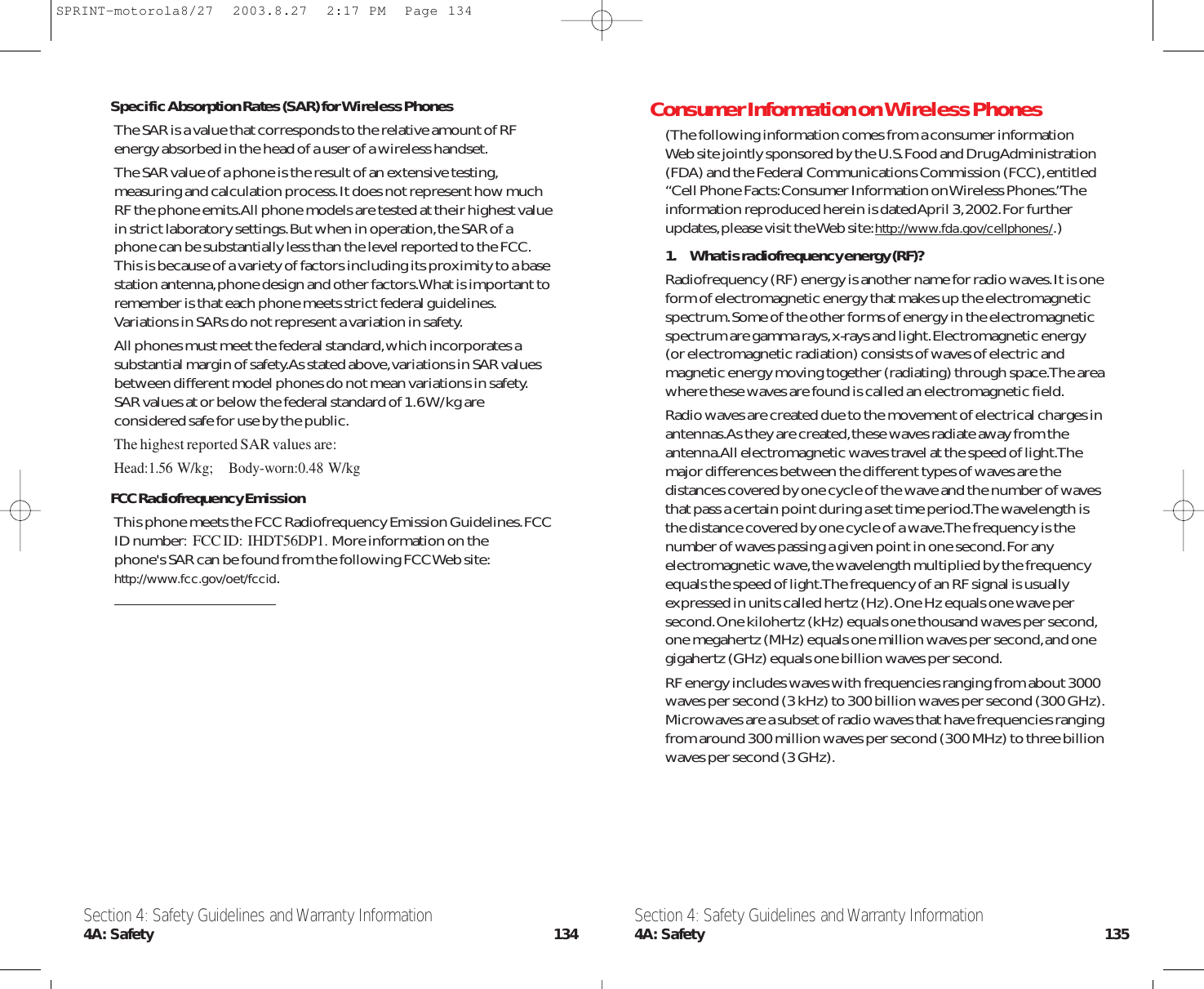Motorola Mobility T56DP1 Portable Cellular/ PCS Transceiver (AMPS/CDMA) User Manual UG C330 GSM
Motorola Mobility LLC Portable Cellular/ PCS Transceiver (AMPS/CDMA) UG C330 GSM
Contents
- 1. Exhibit 8 Preliminary Users Manual
- 2. Supp Response to CRN231105AIHD
- 3. Users Manual per CRN 10580
Supp Response to CRN231105AIHD
